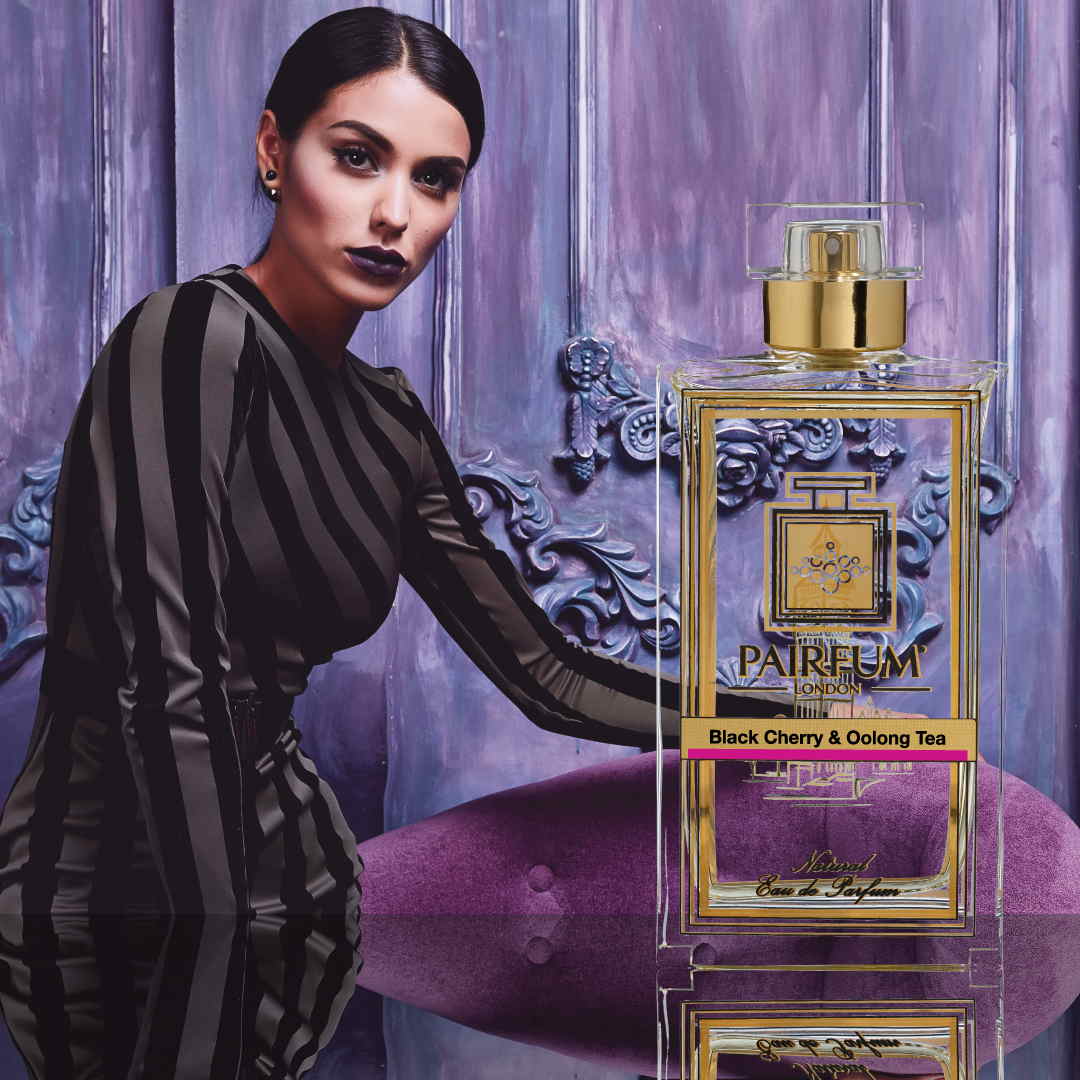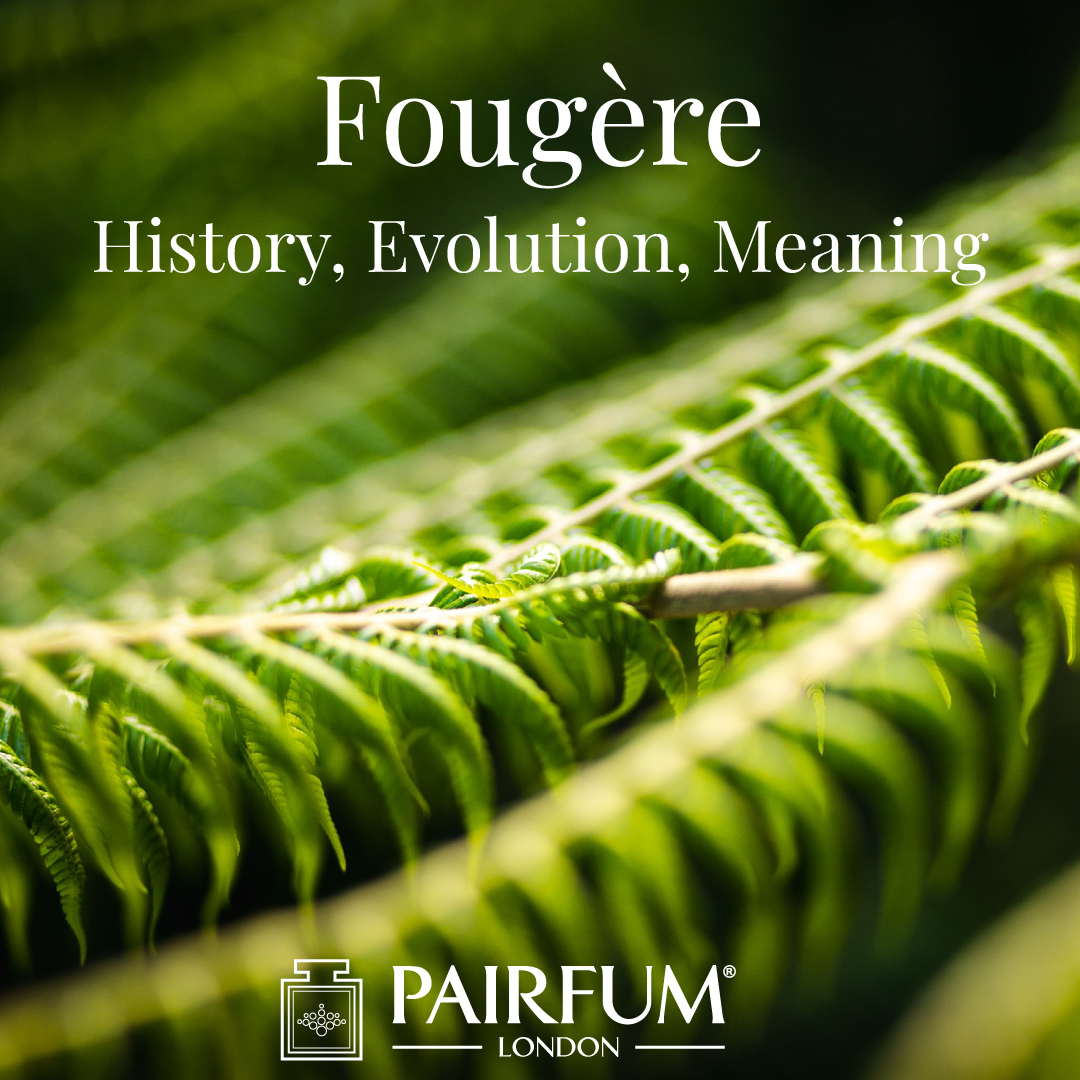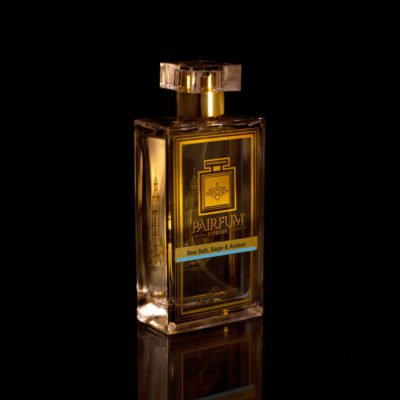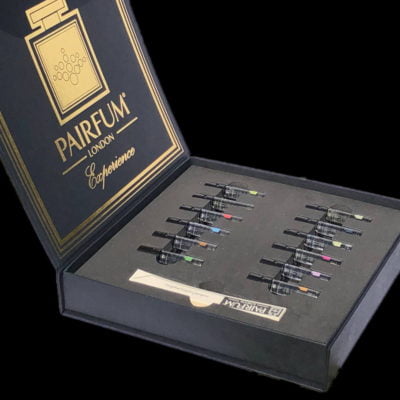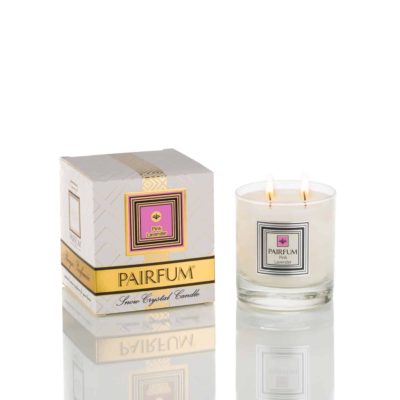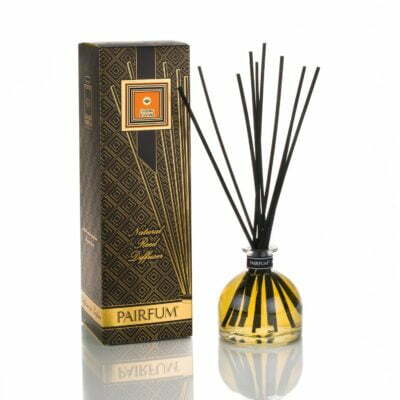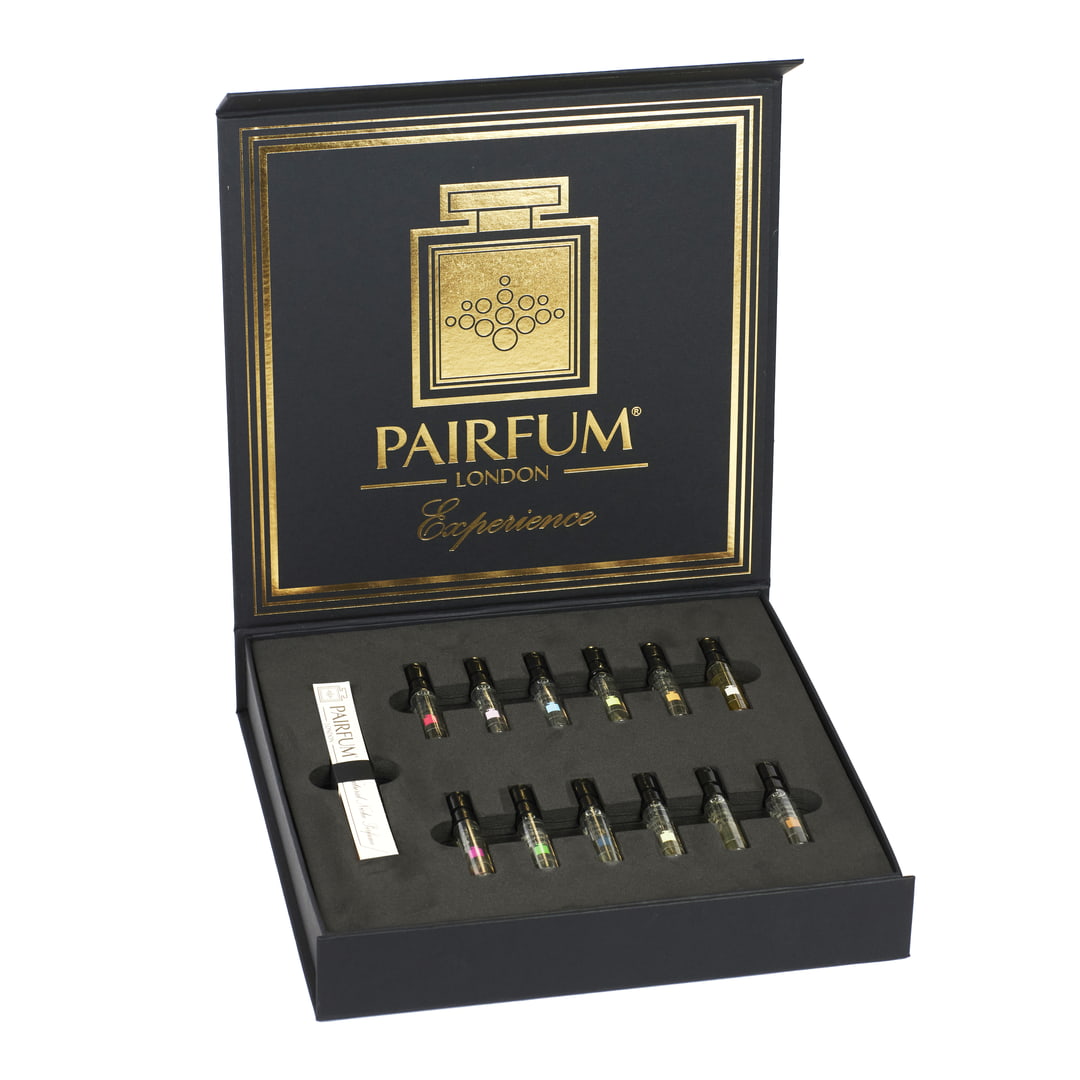One of the first questions we are frequently asked here at Pairfum London are:
- “What are Olfactive Families?” and
- “How do you describe your Favourite Perfume?“
When confronted by the shear volume of fragrances available, it can be so easy to get overwhelmed by the different varieties of scents.
One way of discovering your ‘New’ favourite perfume, or a way to discover more about your go-to classic is to use Olfactive families.
“Easier said than done”, … I hear you say.
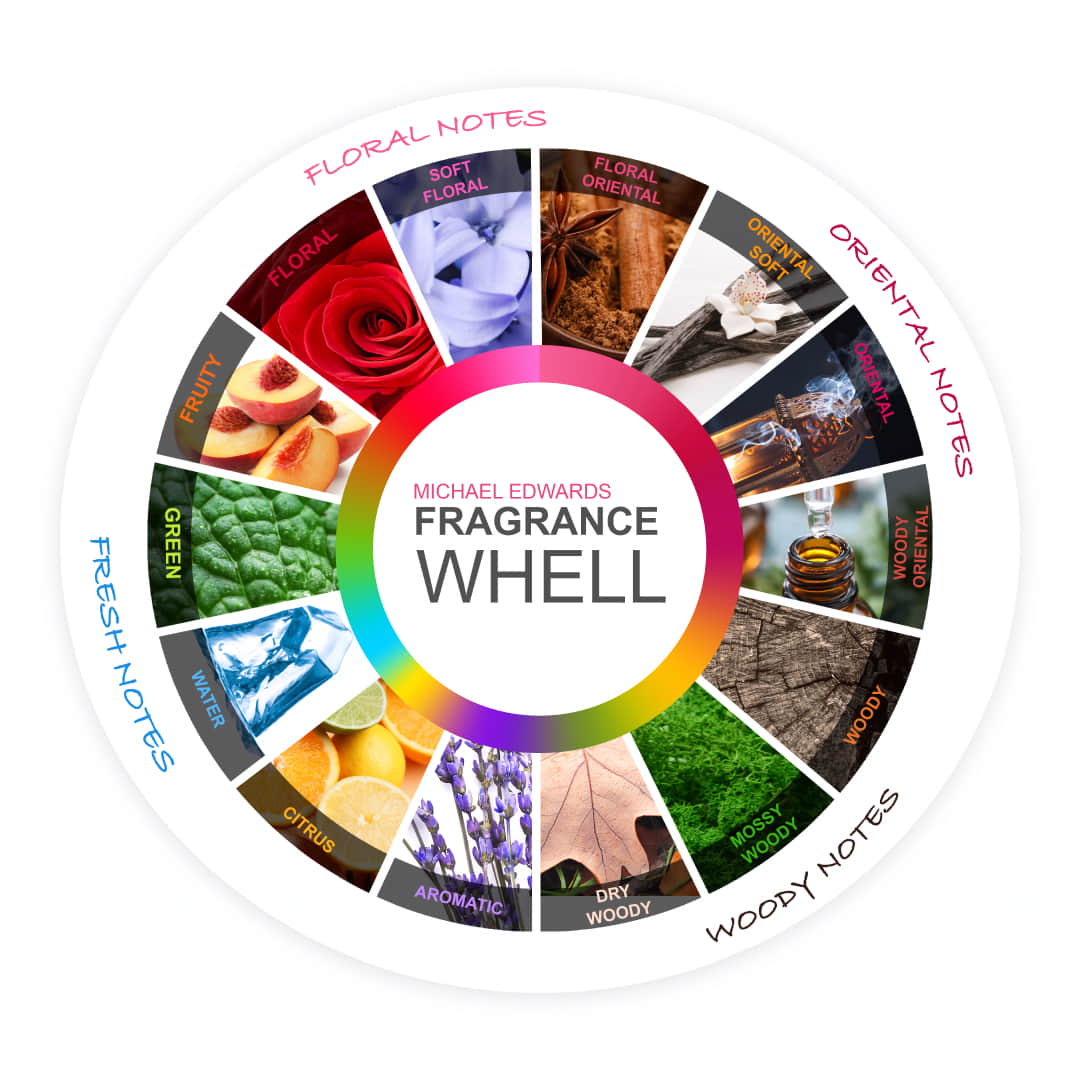
History
However, before we go into the definition or classification of the olfactive families, we should ask ourselves:
- who or what defines and gives us these classifications?
- when did it begin and do they differ?
It should also be ‘noted’ (we do love using Perfume terms), that Olfactive families do not refer to ingredient classifications, but refer solely to the finished Perfume. In essence (there we go again), it is a way to describe and classify how a perfume smells rather than what it contains.
The first classification of fragrances surfaced around the 1900, and consisted of seven families, however in the late 19th Century as techniques for synthesising compounds became more intricate, so did the need to evolve the methods for categorising them.
Then in 1949 an Austrian perfumer called ‘Paul Jellinek’ devised the first fragrance wheel, which he called the ‘Odor Effects Diagram’. This is a round diagram showing the inferred relationships among olfactory groups based upon the similarities or differences in their odor. On the fragrance wheel, perfume groups that border one another are implied to share common olfactory characteristics.
Since it’s creation there have been many other notable versions of the wheel. Which include the version from 1983 by perfumer Michael Edwards, and the ‘Fragrance Circle’ which was developed in 1979 by U. Harder at ‘Haarman & Reimer’ which has since become part of Symrise.
Since its creation Edwards version of the Fragrance Wheel has been modified several times through the addition of different groups to encompass different fragrance types. With the latest revision being in 2010, in this version there are four standard families, Floral, Oriental, Woody and Fresh, these are in turn then divided into three further sub-groups.
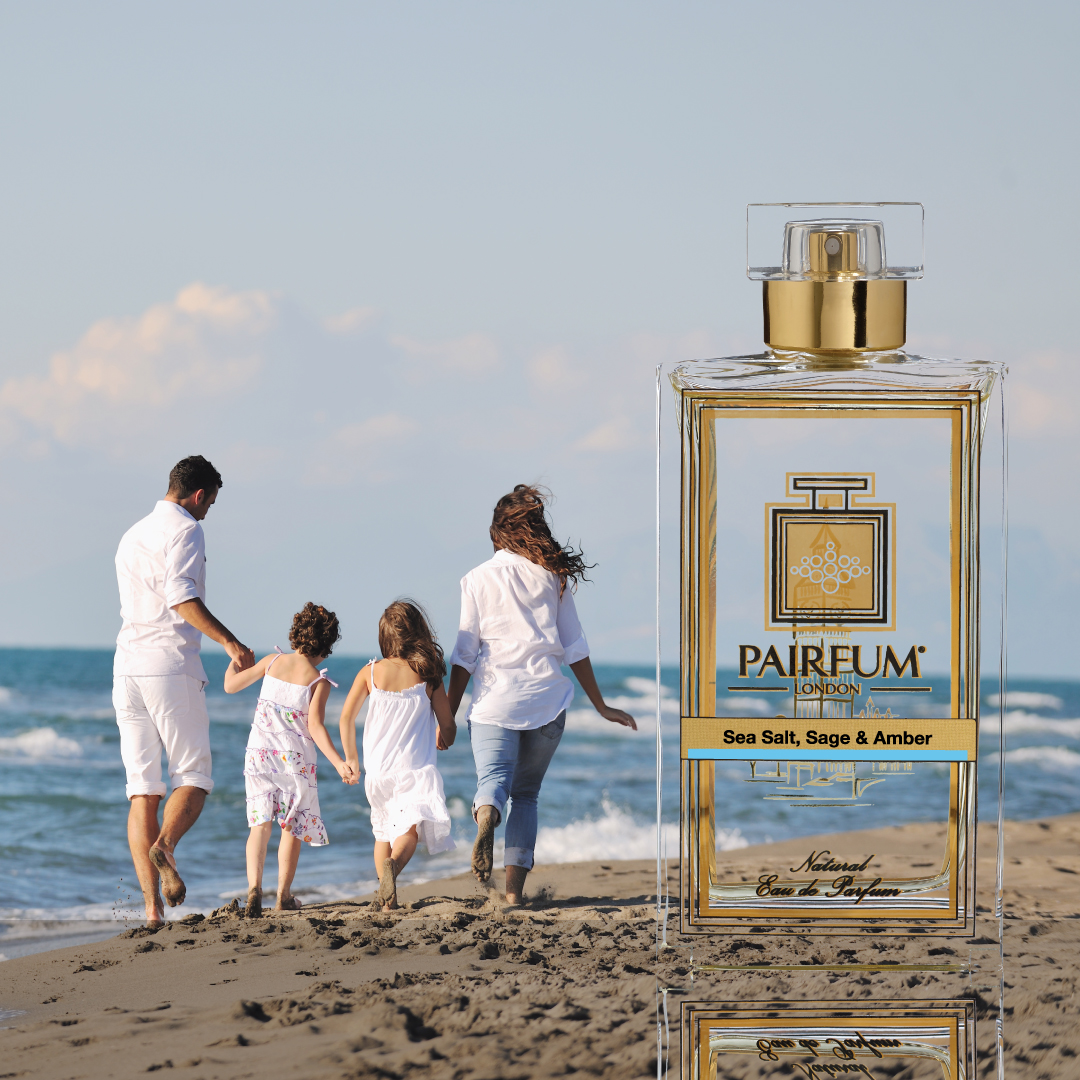
Different Classification Systems
In the wonderful world of Perfume there are a number of major ‘Perfume Houses’, four of which are:
- Firmenich,
- Givaudan,
- IFF and
- Symrise.
By ‘Perfume Houses’ we do not refer to major brands that have as part of their offerings or collections released ‘Perfumes’ for sale., such as the illustrious brands of ‘Channel’, ‘Dior’, ‘Estee Lauder’, ‘Versace’ or ‘Gucci’, to name but a few.
When referencing ‘Perfume Houses’, in this article we are referring to the eminent classical houses, such as Firmenich and Symrise among others, where some of the ‘Top Perfumers’ in the world were nurtured, trained and in some cases still reside.
Within these ‘Houses’ they also have their specific way of classifying perfumes, which differ from each other for example:
Firmenich classifies their perfumes in the following way: Chypre, Citrus, Floral, Oriental, Aromatic and Woody.
Other companies such as Symrise, IFF or Givaudan, use different classifications.
The Olfactive Families
As mentioned above, there are major families: Citrus, Chypre, Floral, Floriental, Aromatic, Citrus, Oriental and Woody. Each one of these olfactive families can then be split into several subfamilies.
THE CITRUS FAMILY
By “citrus”, we mean the essential oils obtained by extracting the zest from fruits such as bergamot, lemon, orange, mandarin, etc., combined with orange flower products. In this group we find the main “Eau de Cologne” fragrances used by men and women. Also included in this group are – SPICY CITRUS, AROMATIC CITRUS, FLORAL CHYPRE CITRUS, WOODY CITRUS, FLORAL WOODY CITRUS and MUSKY CITRUS.
THE FLORAL FAMILY
This family consists of fragrances with a single flower as their main component, such as jasmine, rose, , violet, tuberose, lily of the valley narcissus, to name but a few. Also belonging to this family are SOLIFLORE (single-flower) as the name suggests is used when a single floral note is needed, FLORAL MUSKY, FLORAL BOUQUET, FLORAL ALDEHYDIC, FLORAL GREEN, FLORAL FRUITY WOODY, FLORAL WOODY, FLORAL MARINE, FLORAL FRUITY.
THE FOUGERE FAMILY
This term which is associated by many with fern, does not in fact claim to represent a fern fragrance. It consists mainly of a blend of notes made up of lavender, woody, oak moss, coumarin, and bergamot notes. The other family members within this clan are FLORAL AMBER FOUGERE, SOFT AMBER FOUGERE, SPICY FOUGERE, AROMATIC FOUGERE, FRUITY FOUGERE.
THE CHYPRE FAMILY
It has been suggested that the chypre fragrance construction dates back to Roman times, and ‘chypre’ as the name for an accord is often mentioned in 18th Century. However others suggest that this type of fragrance was popularised by the release of ‘Chypre de Coty’ in 1917 by pioneering perfumer François Coty. Whichever line of thought you choose to follow, the following acords are also part of this sub-group – FRUITY CHYPRE, FLORAL ALDEHYDIC CHYPRE, LEATHER CHYPRE, AROMATIC CHYPRE, GREEN CHYPRE, FLORAL CHYPRE.
THE WOODY FAMILY
When warm, opulent notes, such as sandalwood or patchouli, or dry notes such as cedar or vetiver, are combined with top notes of lavender and citrus, then the Woody Family is born. This family is made up of WOODY, WOODY CITRUS CONIFEROUS, WOODY SPICY, WOODY AMBER, WOODY AROMATIC, WOODY SPICY LEATHER, WOODY MARINE, WOODY FRUITY, WOODY MUSKY.
AMBER-ORIENTAL
Under the heading of “AMBER” or “ORIENTAL”, we find fragrances with soft powdery notes, vanilla, cistus, labdanum and animal very dominant. Six sub-groups of ambers are listed: SOFT AMBER, FLORAL SPICY AMBER, CITRUS AMBER, FLORAL WOODY AMBER, FLORIENTAL, FLORAL FRUITY AMBER.
THE LEATHER FAMILY
This has an exceptional formula, a slightly different concept of perfumery with dry, sometimes very dry notes, in the aim of trying to reproduce the characteristic fragrance of leather (smoke, burnt wood, silver birch, tobacco…) and top notes with floral inflexions.
The subfamilies are: FLORAL LEATHER, TOBACCO LEATHER
The leather note is tempered with wood, honey and hay harmonies which characterize the virginian tobacco note.
THE FRUITY FAMILY
This olfactive group has no limits: beautiful, fruity fragrances with berries (strawberries, raspberries, loganberries, blueberries, …), sweet juicy fruit (peaches, nectarines, mango, papaya, …), tropical fruit (coconut, pineapple,… ), Kiwi, melons, … there are always new enticing fruit varieties to try.
Unlike the afore mentioned catogories, Skin Care and Toiletries products typically take the lead here. Shower gels, soaps or lotions are more likely to introduce a new type of fruit than an Eau de Toilette.
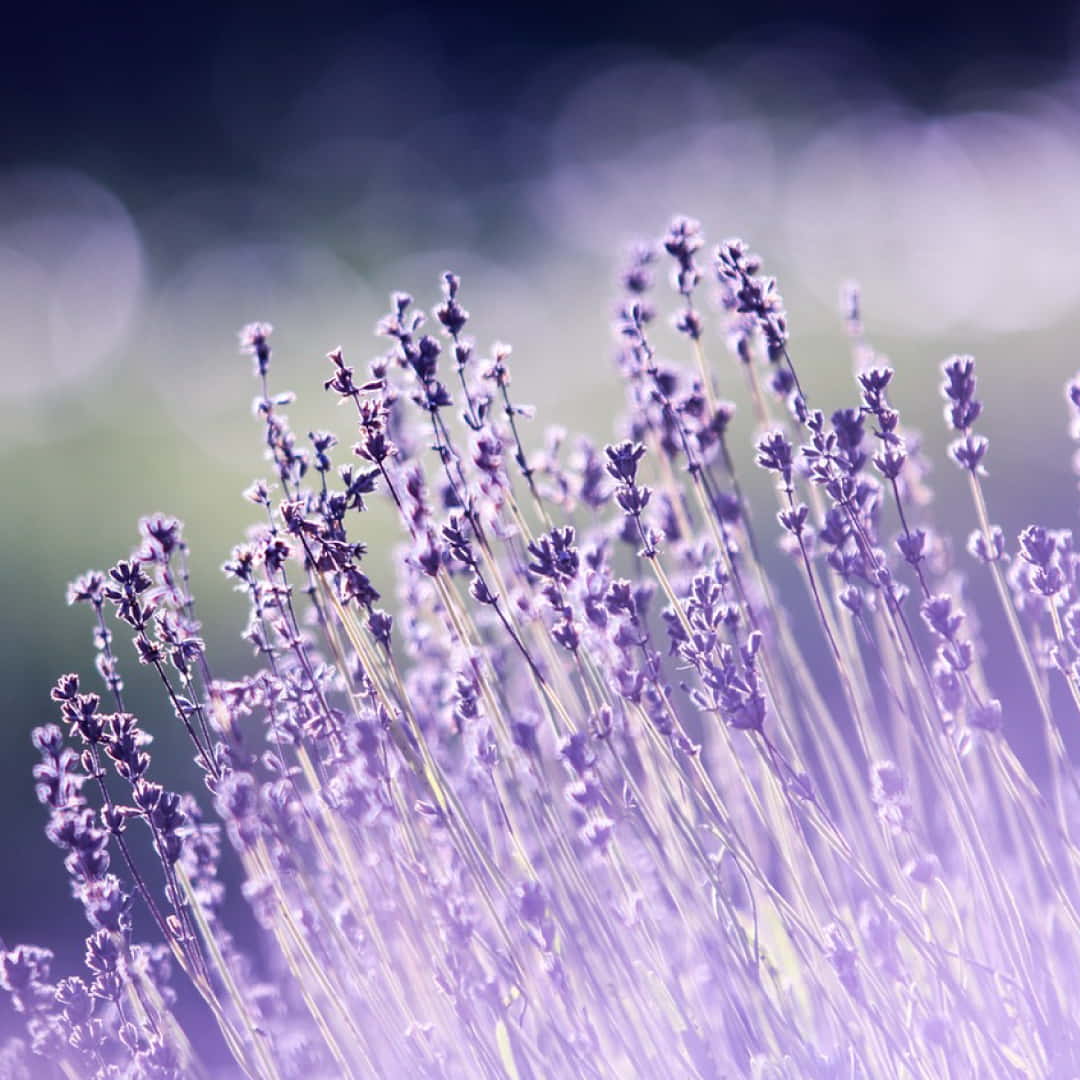
Conclusion – Olfactive Families
Olfactive families aren’t a method for categorising ingredients but the actual notes in perfumery. In essence, it was a way to break down and class how a perfume smells rather than what it contains.
Although many fragrances can be described with about 10-20 dominant notes, there are literally thousands in perfumery, and olfactive families are used to group perfumes by their profiles.
Any Parfumista or Connoisseur in the field of perfume will enjoy browsing the following articles on our website for more in-depth insights into the world of fragrance:
- How to Describe Perfume?
- What is a Fragrance Pyramid?
- What is a Perfume Accord?
- How to Evaluate Perfume?
- Answers to Frequently Asked Question on Perfume
